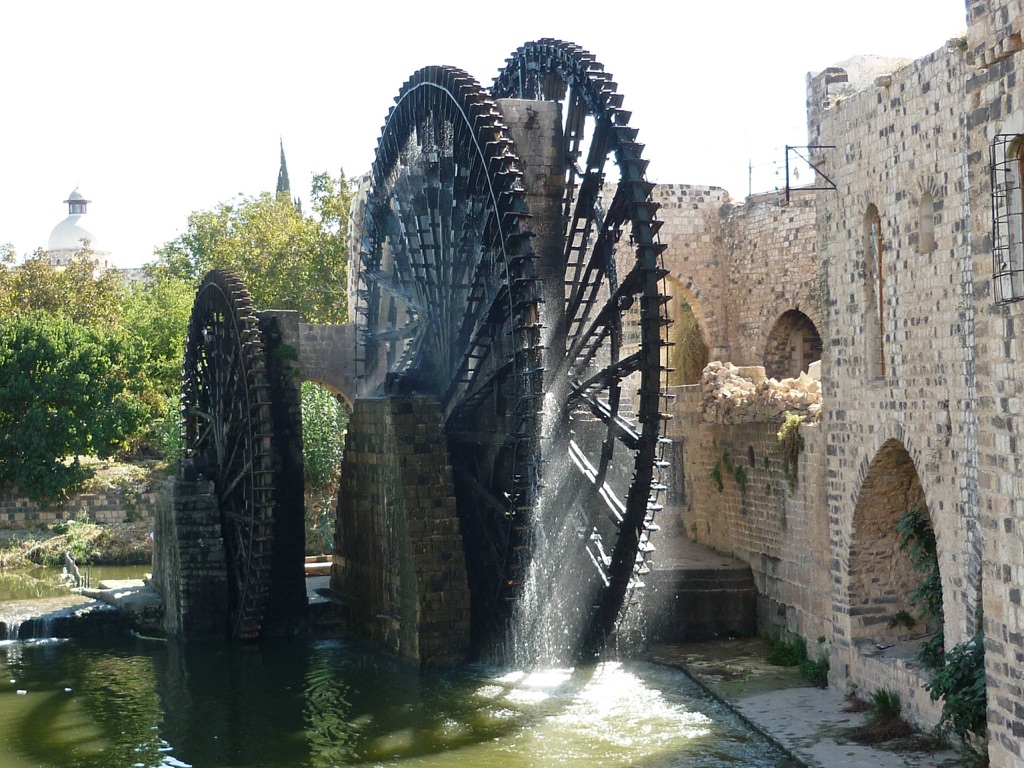The Norias of Hama are a remarkable example of ancient engineering and cultural heritage. These massive water wheels, some dating back to the Byzantine era, are located along the Orontes River in the city of Hama, Syria. They were originally built to supply water to the city and its surrounding areas. The Norias, which number around 17 in the present day, are an iconic symbol of Hama and a testament to the ingenuity of its ancient inhabitants.
Get your dose of History via Email
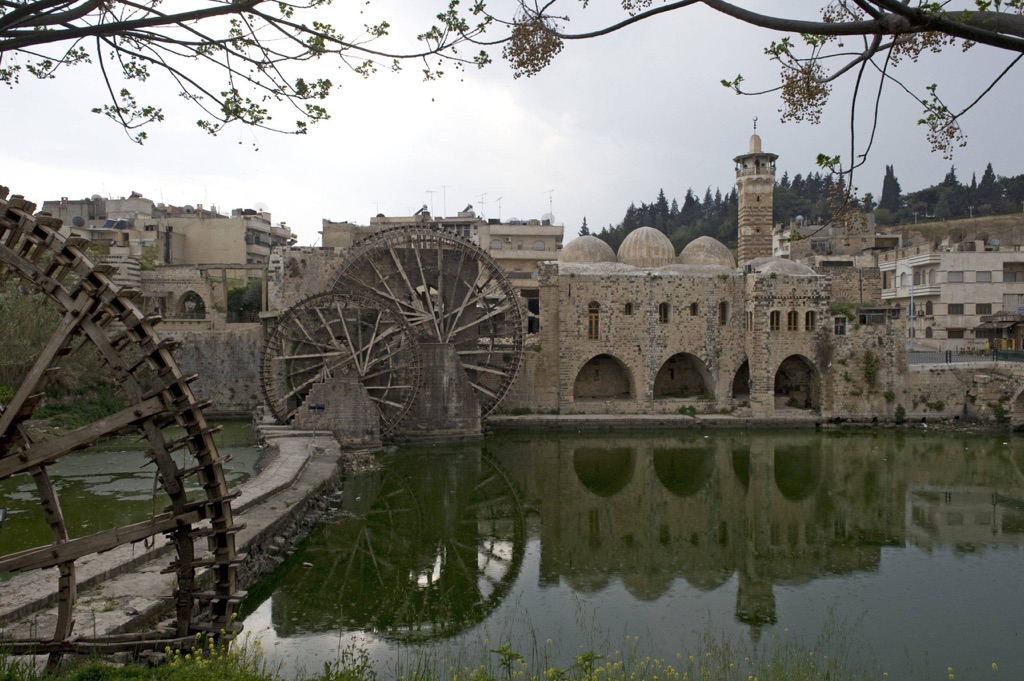
What is the historical significance of the Norias of Hama?
The Norias of Hama hold a significant place in history. Their origins can be traced back to the Byzantine era, around the 5th century, although some sources suggest they may have been in use as early as the 4th century BC. The Norias were primarily used for watering the gardens and orchards of Hama, playing a crucial role in the city’s agricultural development.
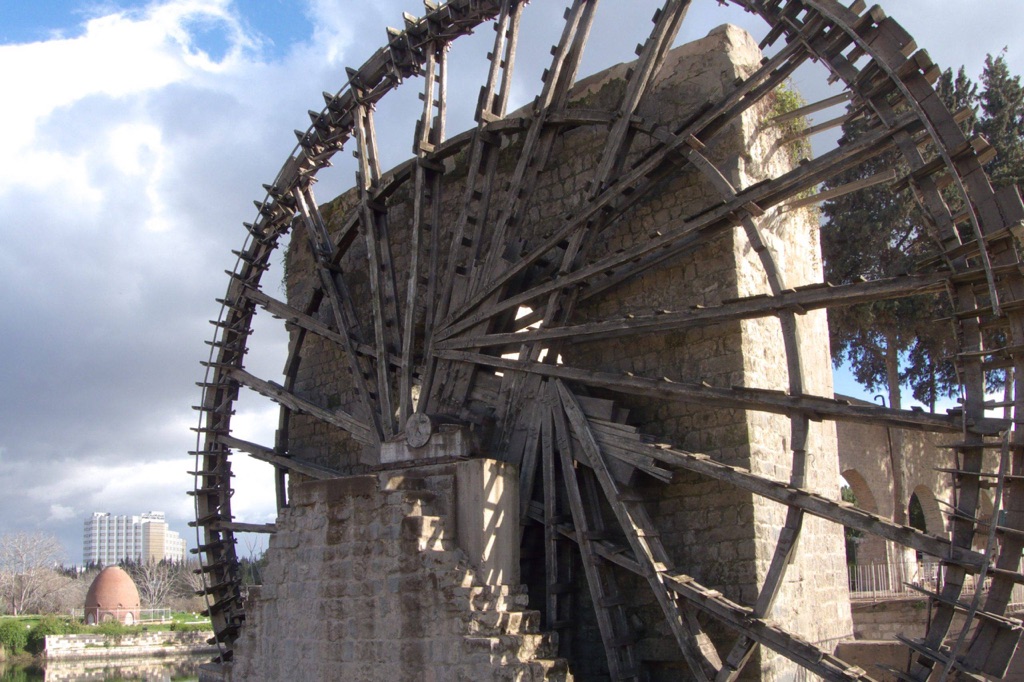
The Norias are also an embodiment of the technological advancements of the time. They are an example of how ancient civilizations harnessed the power of nature for their benefit. The Norias are not only a symbol of the city’s past but also a testament to the engineering prowess of the ancient Syrians.
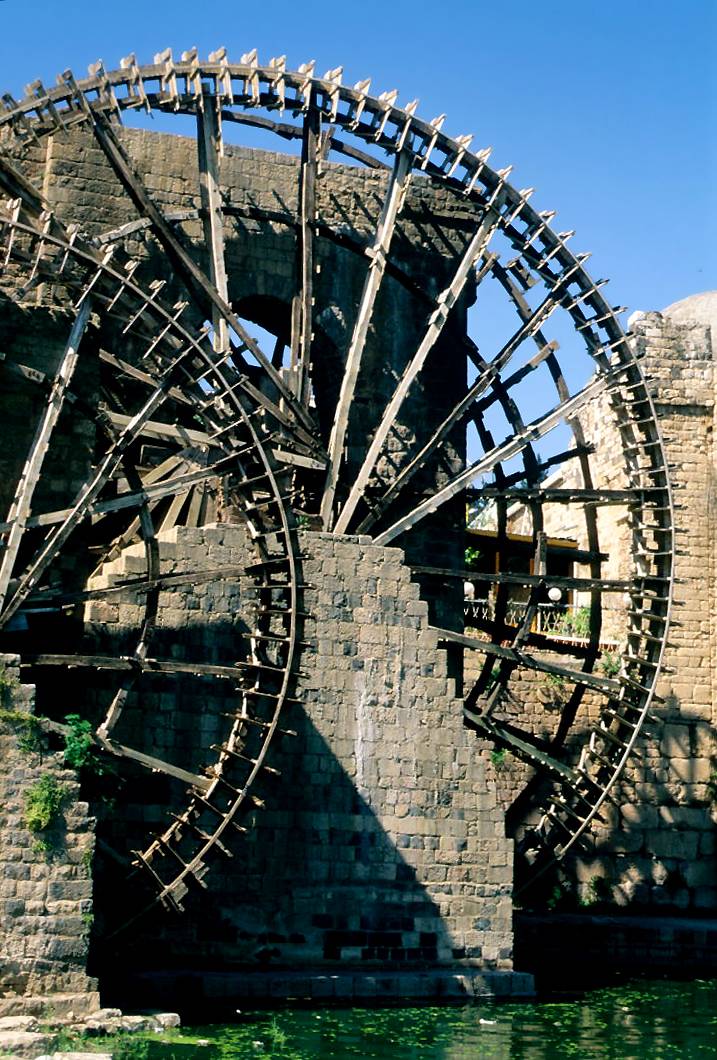
How do the Norias of Hama work and what was their original purpose?
The Norias of Hama are essentially large water wheels, with diameters ranging from 10 to 20 meters. They are powered by the current of the Orontes River. As the river flows, it turns the wheel, which is fitted with a series of compartments or buckets. As the wheel turns, these buckets scoop up water from the river and deposit it into a network of aqueducts and channels.
The original purpose of the Norias was to supply water to the city of Hama and its surrounding agricultural lands. The water was used for irrigation, helping to transform Hama into a lush and fertile oasis in the midst of the Syrian desert.
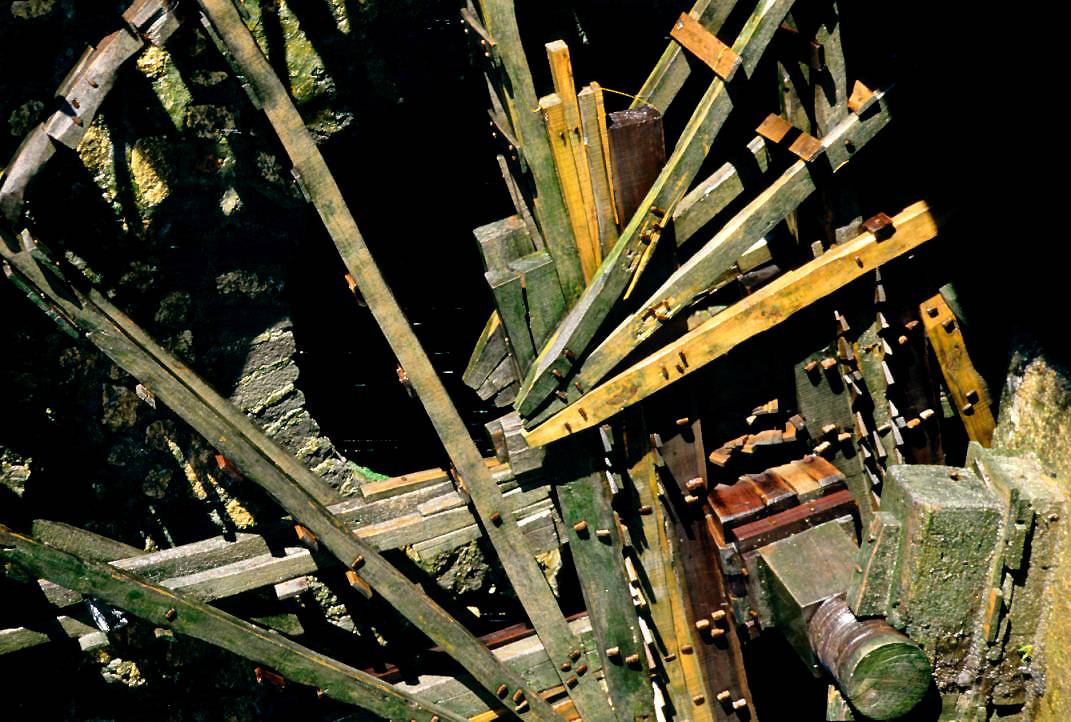
What is the current condition of the Norias of Hama and are they still in use today?
The current condition of the Norias of Hama is a matter of concern. While some of the Norias are still operational, many are in a state of disrepair due to neglect and the ravages of time. The ongoing conflict in Syria has also taken a toll on these ancient structures.
Despite their condition, the Norias remain a popular tourist attraction and a symbol of the city. Efforts are being made to preserve and restore them, but these are hampered by the ongoing conflict and lack of resources.
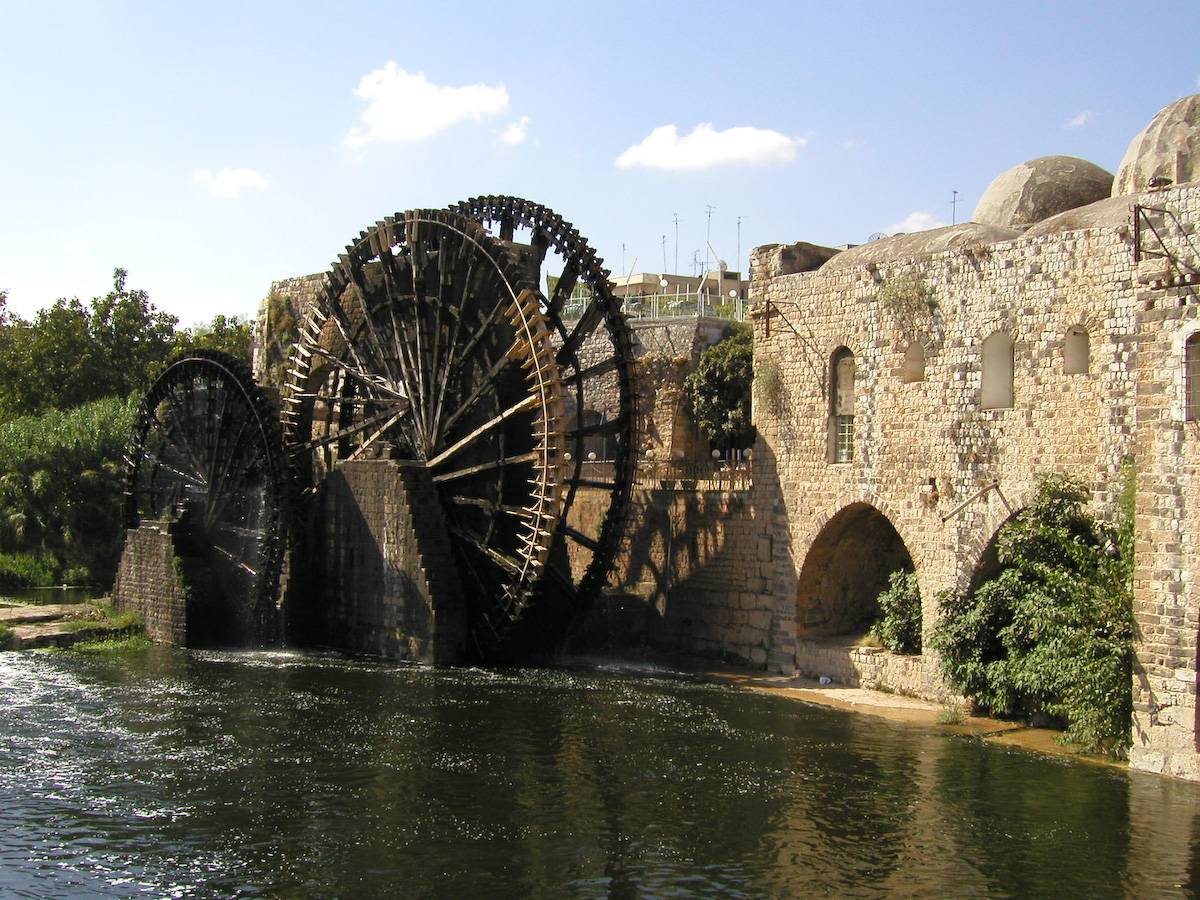
What is the cultural significance of the Norias of Hama in Syria?
The Norias of Hama hold immense cultural significance for the people of Syria. They are a symbol of the city of Hama and its rich history. The Norias are featured prominently in local folklore and traditions, and their rhythmic groaning sound as they turn is considered by many to be the city’s heartbeat.
The Norias are also a source of local pride and identity. They have been featured on Syrian banknotes and stamps, and are a popular subject for local artists and photographers.
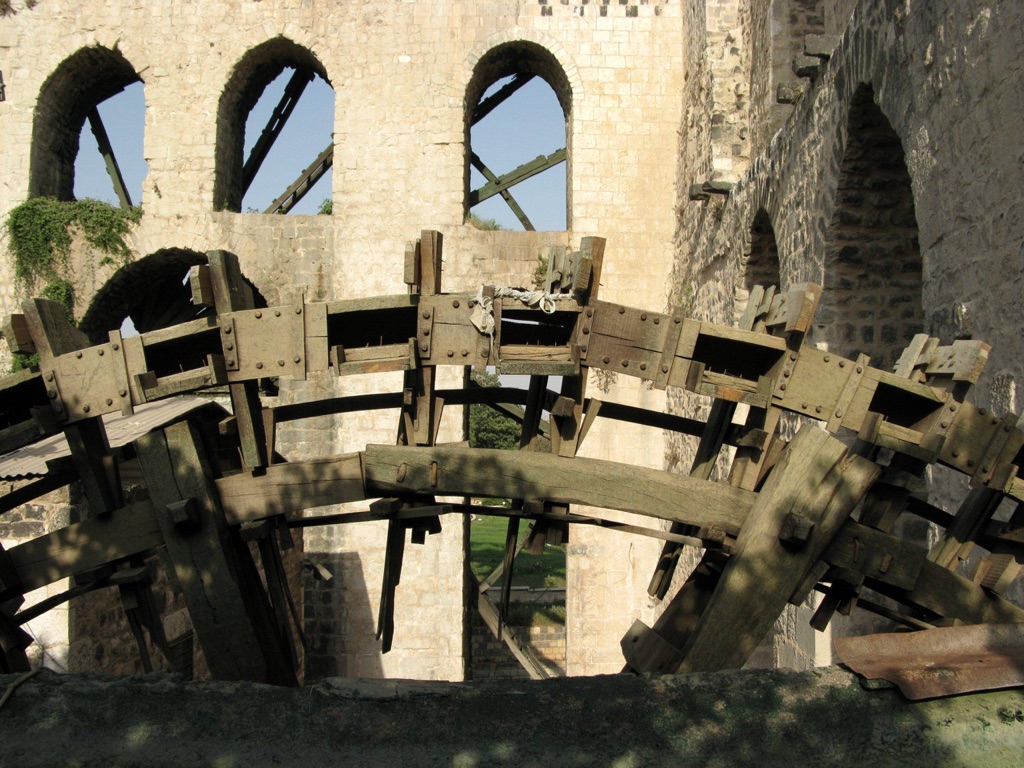
What are some legends or folklore associated with the Norias of Hama?
There are many legends and pieces of folklore associated with the Norias of Hama. One popular legend tells of a king who built the Norias to win the heart of a queen who loved the sound of water. Another story tells of how the Norias were built by giants, who used them to water their colossal gardens.
The Norias are also associated with various local customs and traditions. For example, it is considered good luck to drink water from the Norias, and many locals and tourists can be seen doing so.
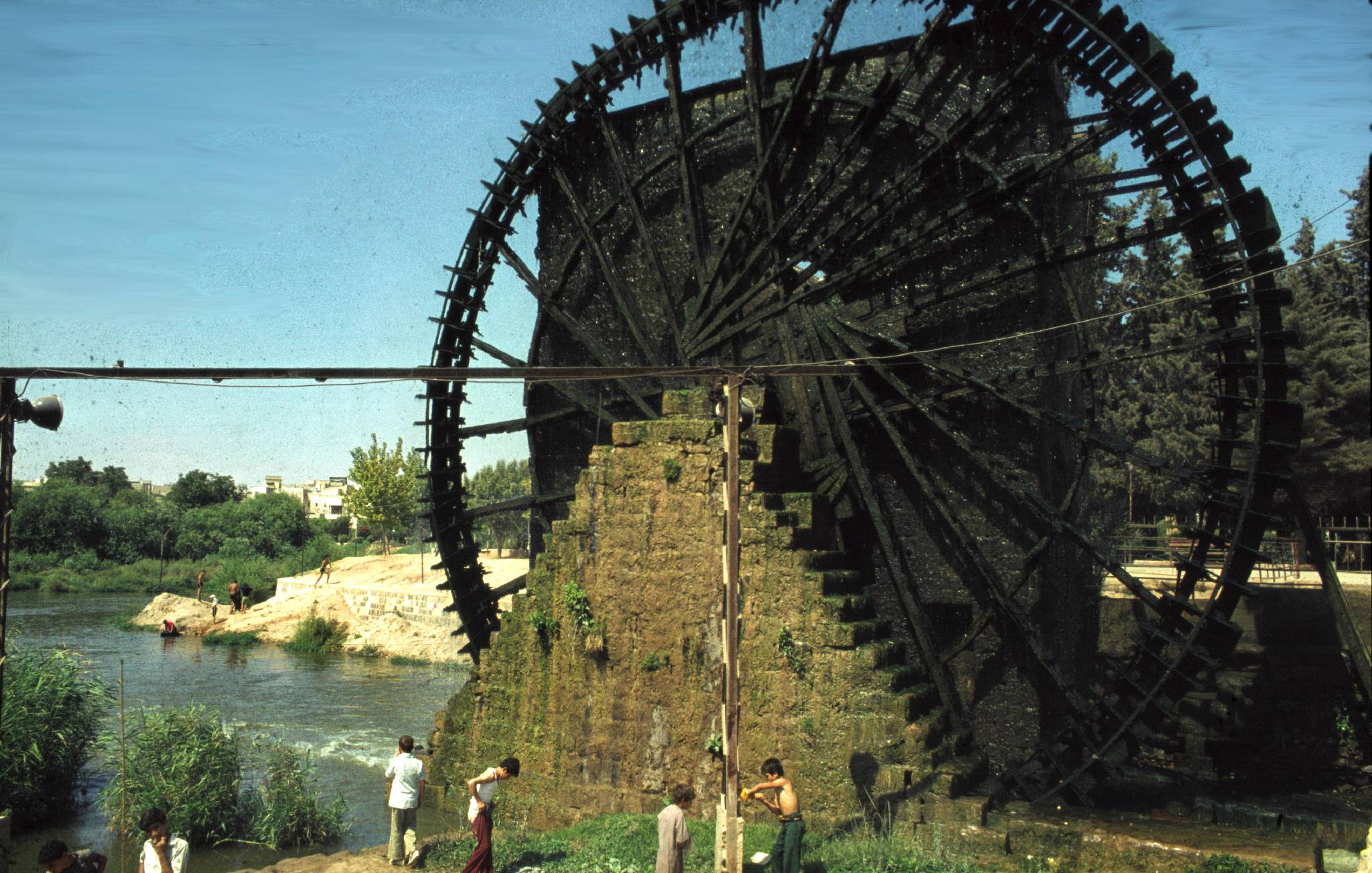
Conclusion and Sources
In conclusion, the Norias of Hama are a remarkable piece of ancient engineering and a symbol of Syria’s rich cultural heritage. Despite the challenges they face, efforts are being made to preserve and restore these iconic structures for future generations to appreciate.
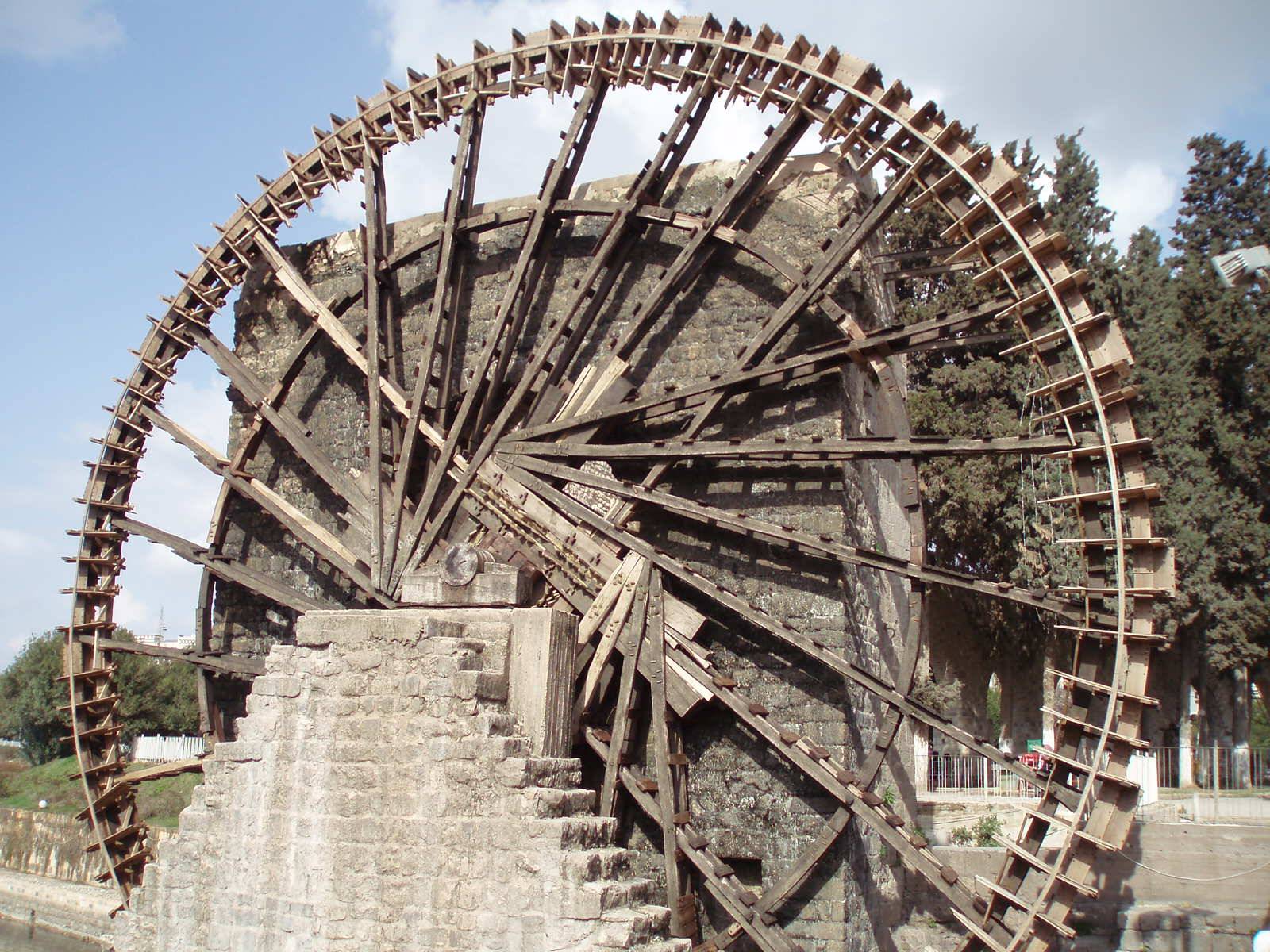
For more information on the Norias of Hama, the following sources are recommended:

